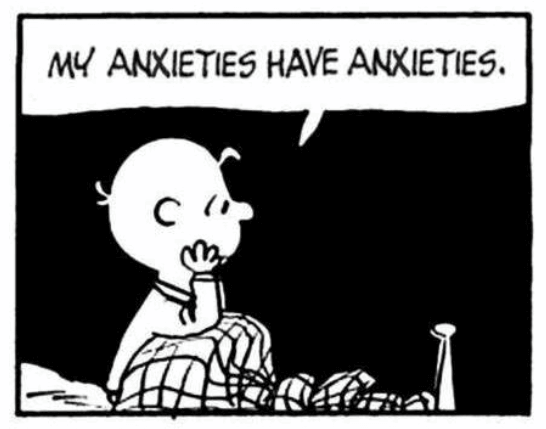These days it can feel like anxiety is the currency of modern society—whether its adults stressed about politics, the environment, or the economy, or teens suffering from social media-induced angst. In the last few months, teen anxiety has been featured in articles in NY Times Magazine, The Economist, among others.
Understanding our own anxiety can help us relate more wisely to this emotion in our kids and students. So what is anxiety, anyway?

There’s almost always something we can get anxious about: mountains of to-do’s, other people who push our buttons, the ordinary stress of life. We can get so used to being anxious that it can feel like we should be worrying about something even when we’re feeling okay! Mindfulness can ease and soothe anxiety – or at least prevent it from snowballing out of control.
Anxiety is connected to our nervous system’s flight response – part of our basic hard-wiring for safety. At its root, it’s there to protect us and to help us meet a challenge. Sometimes, just remembering this fact can bring a shift.
Mindfulness offers some key tools to handle anxiety skillfully.
- Labeling: Naming an emotion is the first step in being mindful of it. This activates our prefrontal cortex and can begin to bring more balance and self-regulation by creating a relationship with the experience.
- How are you relating? Noticing our relationship to an emotion can shift our internal state. Are you afraid of the anxiety? Do you want it to go away? Are you being driven by it? Sinking or wallowing in it? Do you judge yourself for feeling it? “Why I am I feeling anxious? There must be something wrong with me…” Acknowledge whatever reaction you notice. Is there any softening or acceptance that can come?
- Drop the Story: Emotions are often driven by the stories we tell in our mind. See if you can put down the narrative and feel the sensations of anxiety in your body for a few moments. Where do you experience it? How does it feel? Resisting an uncomfortable emotion perpetuates it, while feeling it in the body allows it to dissipate.
- Compassion and Kindness: It’s uncomfortable to be anxious, and a good dose of self-care can go a long way to bringing relief and perspective. How might you relate to a friend who is feeling anxious? Can you offer that same quality of warmth and empathy to yourself? Sometimes a few words of quiet reassurance can help, “It’s okay, take your time.”
Try the below guided mindfulness practice to explore being mindful of anxiety.
If you’d like to learn more about how to manage anxiety and other challenging emotions, check out our six-week practice course Difficult Emotions, which focuses on developing tools to understand and handle anxiety, anger, and shame.